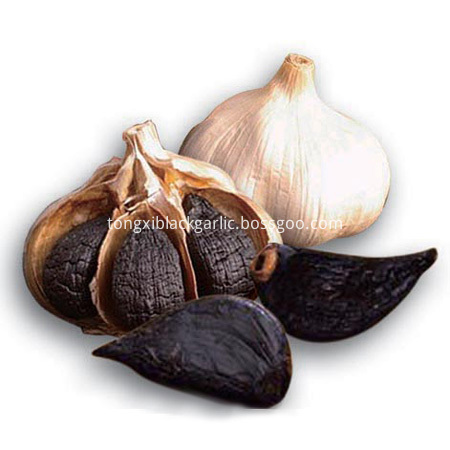Green peafowl and blue peacock bird, chicken-shaped head, Polygonaceae. Green Peacock is listed as China's national first-class animal protection. The blue peacocks bred in China, high-protein, low-energy, low-fat, and low-cholesterol, have been praised and appreciated by diners as high-end delicacies. At present, the practice of large-scale breeding of Chinese peacocks in Guangzhou and Zhuhai proves that the artificial breeding of peacocks is of simple equipment, easy breeding, low input, high output, and rapid appreciation. It is a combination of ornamental, edible, and health care. Economic and social benefits, the market prospects of a wide range of special emerging poultry industry.
(1) The site and equipment feeding site should be built on a semi-shady slope with a lot of trees, steep slopes and half sand, and the environment should be quiet. Shrubs, grazing grass, make the grassland of active areas into pieces, try to simulate the wild environment in order to facilitate the domestication and breeding of peacocks. Peacocks can be paired or male-female ratios of 1:2-3 in the same cage, but they can also be stocked on a large scale, but they require fixed feeding sites. Confined with barbed wire or nylon nets, there are shelters for rain and habitat. The poultry house is generally 5 meters by 5 meters by 5 meters. The stadium should be slightly larger, with barbed wire or nylon mesh (1.5-2.0 cm mesh), shaded with trees. The poultry house should face south to the south, with high terrain, sunny, warm winter, and cool in summer. The ground of the poultry house is a hard bottom, with fine sand on the top, and a height of 2 to 2.5 meters.
(b) feed animal feed: minced meat, cooked eggs, insects, fish, shrimp mealworms (breadworms) and so on. Plant feed: sorghum, corn, barley, hempseed, Su seeds, etc.; feed formulation: corn flour 30%, sorghum powder 10%, bean cake powder 20%, bran 10%, barley residue 20%, fish meal 4.5 %, bone meal 3%, table salt 0.5%; green food such as leafy vegetables, lotus root, tender grass, fruits, carrots, etc., as well as supplementary feed such as bone meal, shells and various vitamins. Feed mix is ​​mainly a mix of pellets, animal feed and green feed. Pellets, such as sorghum, corn, rice, hemp seeds, and sow seeds, are fed together. Animal feed is fed by mixing minced meat with egg mixture. The green feed is chopped and mixed with animal feed or fed separately.
(III) Breeding
1. Selection. Choose smooth and neat feathers, lively spirits, good appetite, responsive, bright eyes peacock species.
2. Breeding Season. The maturation period of peacock is 22 months old, and the egg production period of female peacock is mostly from March to August. In the breeding season, the mating time is mostly 8:30-9:30; 16:00-17:00. (1) Mating: A male peacock cub is bred on the back of a female peacock. The peacocks are held on their heads with their cubs, and their feet are alternately stepped on the back of the female peacock. The tail feathers spread out and actively accepted the male peacock mating. (2) Spawning: From mid-April to early July, most of the spawnings are at dusk. Generally every day, the average daily output is 6.2 eggs, the egg weight is 87-110.8 grams, the average egg weight is 104.01 grams, and egg shell brown or White, spindle-shaped. Postpartum eggs should be promptly picked up, placed in a ventilated place at 10-15°C, and hatched as soon as possible, preferably not exceeding 7 days.
3. incubation. A small group of peacocks can be hatched using chickens and black bones. If eggs are produced, they can be hatched using incubators. The incubation period was 26-27 days, the fertilization rate was 88.9%, and the hatching rate was 54.2%-62.7%.
4. Brooding. (1) Temperature control: The temperature of the brooding house is 33~35°C for the first 5 days, and it drops by 0.5°C every day until it is defrosted. Whether the temperature is appropriate depends on the thermometer and on the mental status and activity performance of the chicks. (2) Humidity control: The humidity is 60%-70%. If the humidity in the nest is too large, it may cause dampness and induce coccidiosis. Therefore, keep the room dry. (3) Ventilation and ventilation: As the large amount of undigested nutrients in the feces decomposes under the action of microorganisms to produce a large amount of harmful gases such as ammonia and hydrogen sulfide, if they are not promptly discharged, the health of young peacocks will be affected. Therefore, windows and doors should always be opened to allow air to circulate. (4) Illumination control: In the first 3 days, with a 40 watt light bulb, 2 meters from the ground, light for 24 hours, and 4 to 20 days with a 25 watt bulb, light for 16 hours, and then use natural light. (5) Density: 12-16 young peacock per square meter at the age of 13 weeks, 8-12 at the age of 3-10 weeks, 6-9 at the age of 10-20 weeks, and 4-50 at the age of 20-50 weeks. 6 only.
( Aged ) Black Garlic
Black garlic contains 18 kinds of amino acids, garlic-ene, peptides, polyphenols, active SOD, biological enzymes, glycosides, vitamins, lipids, trace elements, carbohydrates, green sulfur compounds, easily absorbed by the human body composition. The structure ratio is reasonable, and without any side effects.

Aged Black Garlic,Organic Black Garlic,Fermented Black Garlic,Peeled Black Garlic
Zhucheng Tongxi Commercial And Trade Co.,Ltd. , https://www.blackgarlicgroup.com